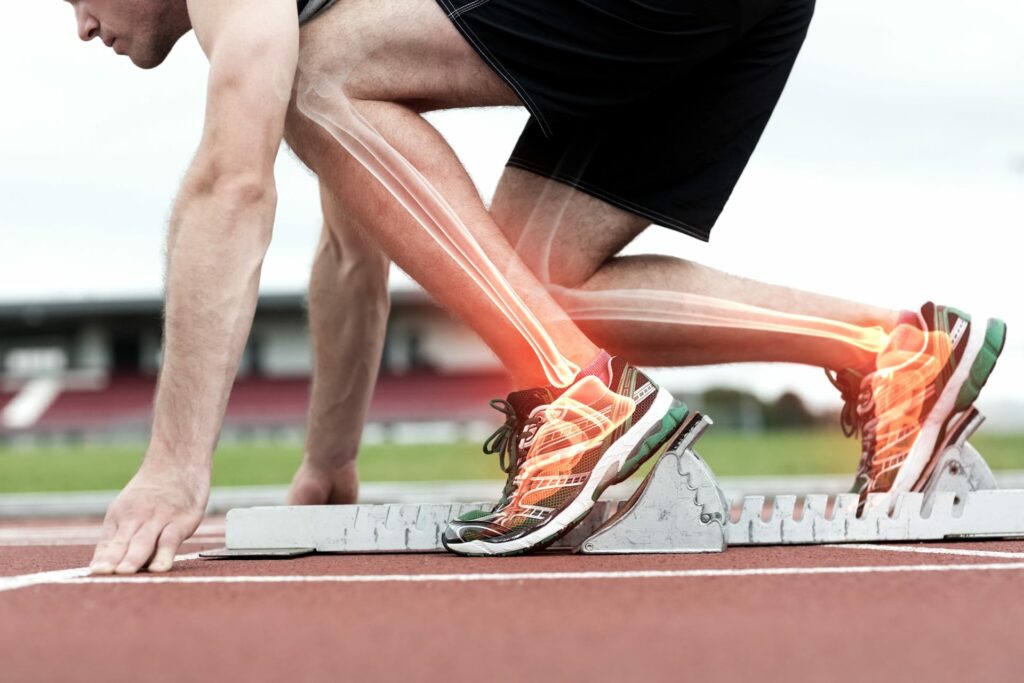Maintaining bone and joint health is essential for every young athlete aiming for long-term success in their sport. Physical training is only one part of the journey; ensuring the body is resilient enough to handle the demands of intense activity is equally important. Bone strength and joint function form the foundation of physical performance and injury prevention.
Why Bone Health Matters for Athletes
Bone health is a key factor in preventing injuries like stress fractures, which are common among those who undergo high-intensity training. The development of bone mass mostly happens during adolescence and early adulthood, with the peak generally reached by the age of 30. A lower bone mass at this age increases the risk of future complications such as bone thinning and fragility.
Stress-related bone injuries can severely impact an athlete’s performance and career. Moreover, long-term issues like reduced bone density and structural deterioration may lead to conditions such as early-stage osteoporosis if not managed in time.
Long-Term Risks for Young Athletes
Certain types of physical activity, especially those that involve repetitive impact, can increase the risk of weakening the bones over time. This is more likely when there is a nutritional imbalance or inadequate recovery. Young athletes are especially at risk if their bone development is compromised during the critical years of growth. Poor bone strength not only leads to higher injury risks but also affects their ability to remain active as they age.
Practical Steps to Support Bone and Joint Health
1. Regular Exercise with Proper Balance
Physical activity, especially weight-bearing exercises like running, jumping, and resistance training, supports bone strength. These routines should be well-planned to avoid overuse and injury.
2. Maintain Nutritional Balance
Strong bones require a diet rich in calcium, vitamin D, and protein. Lack of these nutrients can weaken bones and delay recovery. Athletes should ensure they eat balanced meals and avoid extreme dietary restrictions.
3. Monitor for Early Warning Signs
Symptoms like frequent injuries, fatigue, or irregular menstrual cycles in female athletes can indicate underlying bone issues. Early screening helps prevent more serious conditions.
4. Prioritize Proper Equipment and Technique
Using appropriate footwear, protective gear, and practicing correct movement patterns can help protect joints from strain and long-term damage.
5. Work with Professionals
Athletes should regularly check in with physiotherapists, nutritionists, or coaches to evaluate joint function, bone strength, and recovery plans. Ongoing support ensures that any issues are managed early.
Joint Care for a Lasting Athletic Future
Besides bones, joint care is equally vital. Maintaining a healthy body weight reduces unnecessary strain on the joints. Exercises that enhance flexibility and muscle strength around the joints can support stability and lower injury risks. Choosing joint-friendly activities and proper warm-up and cool-down techniques go a long way in promoting joint longevity.
Conclusion
To enjoy a long and healthy athletic career, young athletes must pay attention not just to performance, but also to what holds that performance together — their bones and joints. A strong foundation in physical health can enhance performance, reduce injury, and support lifelong movement.
Important Note: Before making any significant changes to your health, it is always advisable to consult with your doctor or healthcare professional. They can offer personalized guidance based on your medical history and current health condition.
For any health-related concerns, please contact us at +91-9058577992 to receive a free consultation from our experienced doctors. Your health is our top priority. Thank you.
